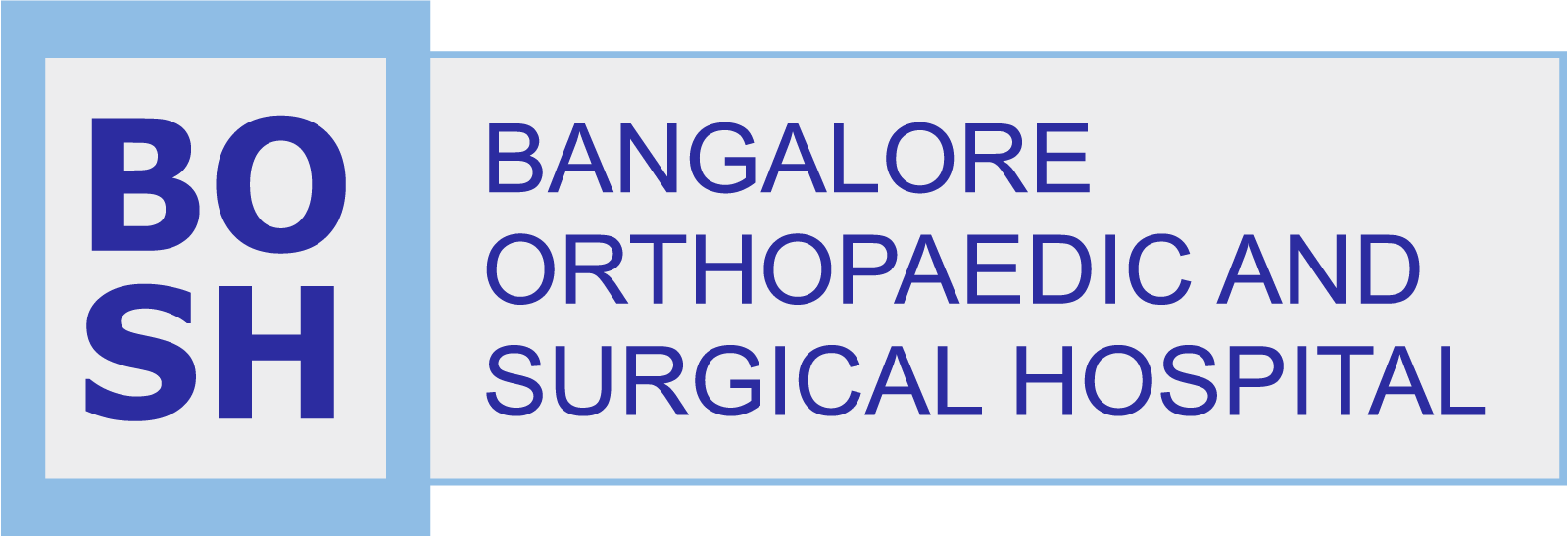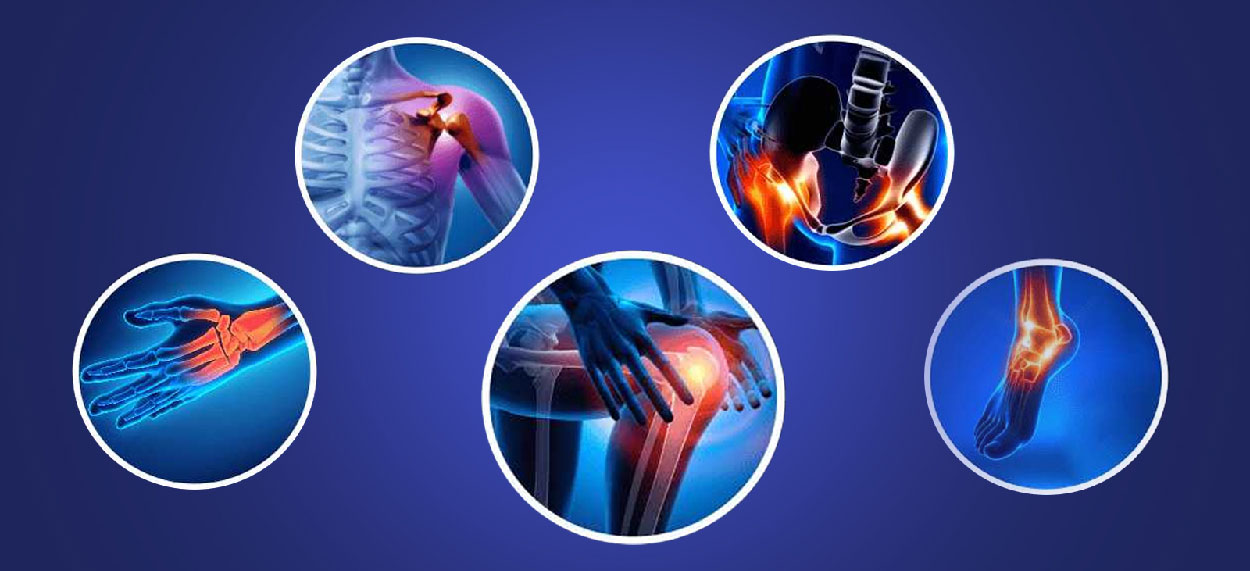Introduction
Osteoporosis is a prevalent yet often misunderstood condition that affects the bones of millions of individuals. In this comprehensive blog post, we aim to provide a clear understanding of osteoporosis, shedding light on its underlying causes, common symptoms, and the key risk factors contributing to its prevalence.
Osteoporosis: An Overview
- Defining Osteoporosis
– What is osteoporosis, and why is it a significant concern for bone health?
– The mechanics of osteoporosis: how it weakens bones and increases the risk of fractures.
- The Role of Bone Density
– The importance of bone density in understanding osteoporosis.
– How decreased bone density is a defining characteristic of the condition.
- The Prevalence of Osteoporosis
– Global statistics and the rising prevalence of osteoporosis.
– The public health impact and strain on healthcare systems.
Causes of Osteoporosis
- Aging and Bone Loss
– The natural aging process and its association with bone loss.
– Hormonal changes, particularly in postmenopausal women, and their impact on bone health.
- Dietary Factors
– The link between inadequate nutrition, low calcium intake, and osteoporosis.
– The crucial role of vitamin D in maintaining bone health.
- Lifestyle Factors
– How lifestyle choices, such as smoking and excessive alcohol consumption, contribute to osteoporosis.
– The significance of regular weight-bearing exercise in strengthening bones.
Symptoms of Osteoporosis
- Silent Progression
– The insidious progression of osteoporosis without apparent symptoms.
– The importance of early detection through screenings and bone density tests.
- The First Signs
– The initial subtle signs, such as back pain and height loss.
– The tendency to overlook or misattribute these symptoms to other causes.
- Fractures and Their Implications
– The elevated risk of fractures in individuals with osteoporosis.
– The profound impact of fractures on an individual’s quality of life and independence.
Risk Factors for Osteoporosis
- Gender and Age
– The significant risk associated with being female and older.
– The connection between hormonal changes, aging, and bone health.
- Family History and Genetics
– The role of genetics and family history in determining osteoporosis risk.
– How a family history of fractures can serve as a warning sign.
- Medications and Medical Conditions
– Medications and medical conditions that can contribute to osteoporosis.
– The influence of autoimmune diseases and the chronic use of steroids.
- Lifestyle and Diet Choices
– The role of lifestyle factors, such as inactivity, smoking, and excessive alcohol consumption.
– The importance of maintaining a balanced diet rich in calcium and vitamin D.
Conclusion
Osteoporosis is a condition that warrants awareness and proactive measures to safeguard bone health. By understanding the causes, recognizing the symptoms, and identifying the risk factors, individuals can take steps to reduce their susceptibility to osteoporosis and its potential consequences. Early detection, lifestyle adjustments, and bone-strengthening strategies empower individuals to protect their skeletal health and enjoy a more robust and active life.


